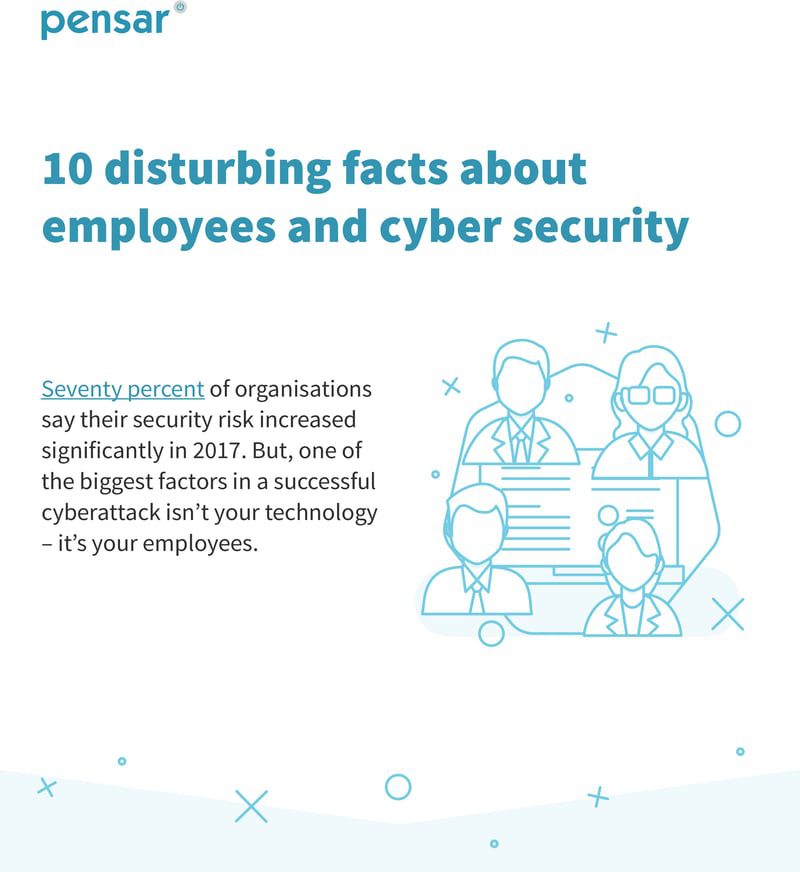Cybercrime is a significant problem impacting businesses, governments, and individuals, costing the world economy trillions of dollars annually. With damages ranging from lost productivity and revenue to repairing systems after an attack, cybersecurity needs to be a top priority. Cybercriminals do not discriminate against their victims, whether individuals, businesses or even governments, and anyone can fall victim to cybercrime. The rise of ransomware, cyberbullying, and the sale of personal information on the dark web are concerning trends that require greater attention. Cybercrime’s impact goes well beyond financial damage, leading to physical harm, including accidents and injuries from hacking critical infrastructure. Cybersecurity is a rapidly evolving field, making it crucial to stay informed and take steps to protect ourselves against emerging threats.
1. Cybercrime is responsible for trillions of dollars in damages
Cybercrime is a massive problem that affects businesses, governments, and individuals. According to some estimates, cybercrime costs the world economy trillions of dollars every year. These costs include everything from lost productivity and revenue to the expenses of repairing systems after an attack. Unfortunately, these damages are likely to continue to grow as cybercrime becomes more sophisticated and widespread.
2. Anyone can be a victim of cybercrime
One of the most concerning things about cybercrime is that anyone can be a victim. Cybercriminals do not discriminate based on age, gender, or location. All they need is access to your electronic devices and personal information. As such, it’s essential to be vigilant and take steps to protect yourself against cybercrime.
3. The rise of ransomware
Ransomware is a type of malware that encrypts a person’s files and demands a ransom in exchange for the decryption key. This type of cybercrime has become increasingly popular in recent years and has affected individuals, businesses, and even governments. In extreme cases, ransomware attacks have been known to shut down entire hospital systems, leaving patients without access to life-saving treatment.
4. Cybercrime can be used to manipulate elections
Cybercriminals can use various methods to influence election outcomes, from hacking into voting machines to spreading misinformation on social media. In recent years, there have been several high-profile examples of cybercrime being used to manipulate elections, illustrating the threat it poses to our democracies.
5. Cyberbullying is on the rise
Cyberbullying is a growing problem that affects children, teenagers, and adults. It can take many forms, from sending abusive messages and sharing embarrassing photos to launching campaigns of harassment through social media. Cyberbullying can have severe consequences for victims, including anxiety, depression, and even suicide.
6. Personal information is often sold on the dark web
There is a vast market on the dark web for stolen personal information. Cybercriminals can sell everything from login credentials and credit card information to social security numbers and medical records. This information can be used for identity theft, fraud, and other criminal purposes.
7. Many cybercriminals go unpunished
Cybercrime is challenging to prosecute, and the lack of punishment can lead to a sense of impunity for perpetrators. In many cases, cybercriminals are located in other countries and are beyond the reach of law enforcement agencies. This impunity can embolden cybercriminals and make them more likely to continue committing crimes.
8. Passwords are not enough to protect against cybercrime
Passwords are often the first line of defense against cybercrime, but they are far from foolproof. Cybercriminals can use various methods to crack passwords or coerce individuals into giving them up. It’s essential to use strong passwords and two-factor authentication to protect against cybercrime.
9. Cybercrime can lead to physical harm
Cybercrime can have severe physical consequences, from shutting down critical infrastructure to causing accidents and injuries. For example, a cybercriminal could hack into a hospital’s system and shut down life-saving machines, leading to deaths or injuries.
10. Cybercrime is constantly evolving
Cybercrime is a constantly evolving field, with new threats and tactics emerging all the time. As such, it’s essential to stay up-to-date with the latest cybersecurity trends and take steps to protect against emerging threats. Failure to do so could lead to serious consequences, both Financial and physical.
